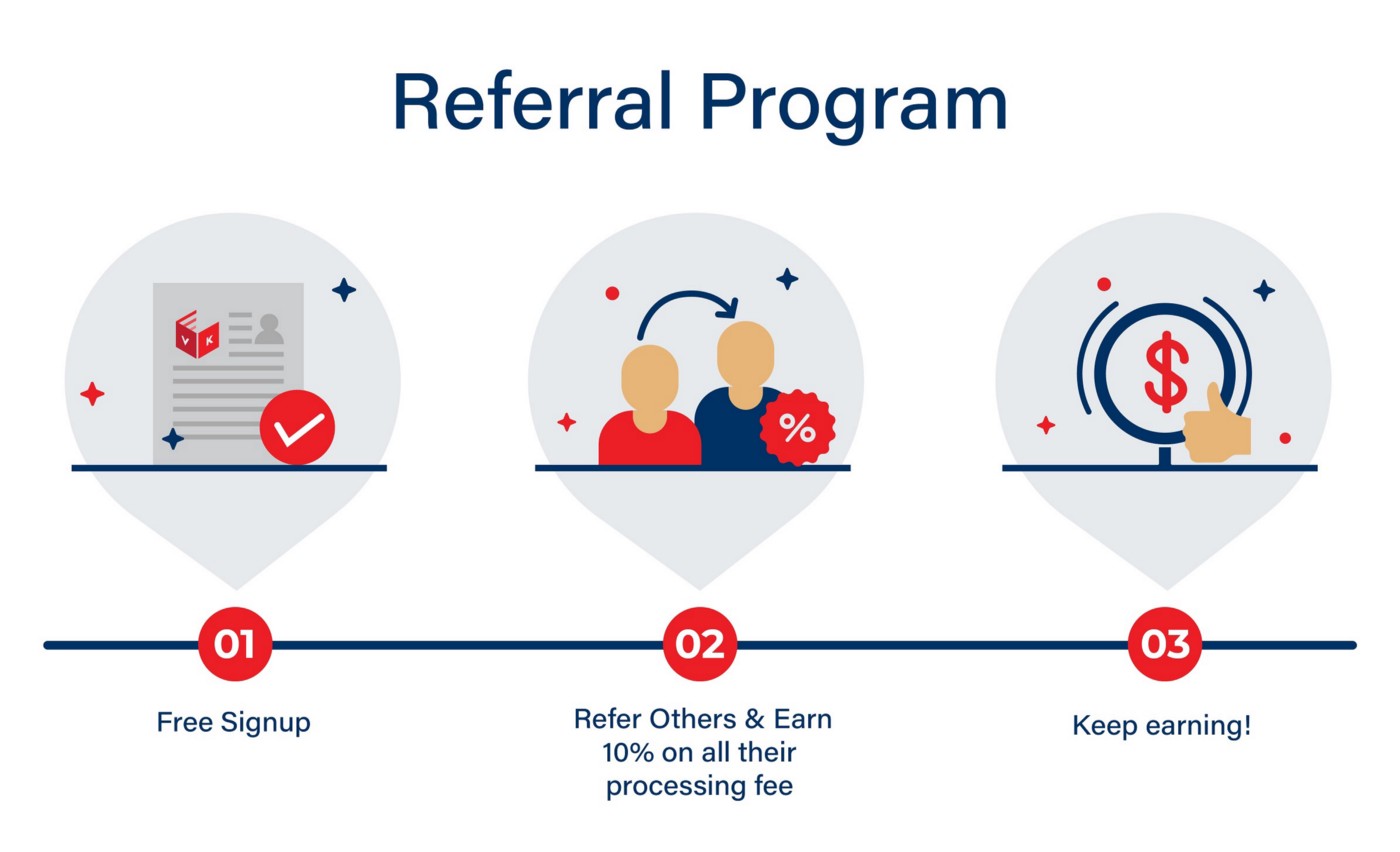
Make the referral process in your programme a game.
Levels in referral schemes pay homage to the popular gamified journeys. They create a buzz and organise referrals to identify the most valuable brand aficionados. As a referrer climbs the referral ladder, you may employ levels to incentivize and engage them with a higher incentive value.
A programme tier with incentives should be set aside for your new clients in addition to awards for referrals. This arrangement is known as a double-sided referral programme. Remember to confirm that this functionality is supported before developing your referral solution because more and more brands are adopting it as a standard configuration.
Referrers and new consumers are equally rewarded in double-sided referral programmes. As a result, referrals are much more than just positive word-of-mouth from your satisfied consumers. They provide actual value for referrers to present to their friends and family. In the end, referral programmes are more concerned with conversion growth than they are with the quantity of recommendations.
Meet your ideal referral source
You can fully understand your ideal advocate once programme levels have segmented your referrers. Analyze the clients that recommend your brand most frequently and create a new campaign or add a new programme tier that goes above and beyond their expectations. It may be a “thank you” discount or a balance on a gift card for their preferred goods. Maintaining customer loyalty is essential if you want to retain your most valuable audience on your side.
Be cautious and protect your referral fund.
Double-sided programmes have given traditional referral marketing a new lease on life, which goes hand in hand with the requirement for a more solidly protected campaign budget. Both referral codes and prizes for referrers must be kept under control by brands and retailers. Budget and use caps should be specified independently for each campaign level in a bespoke referral programme. For instance, “for sharing” vouchers must contain a “one per customer” restriction when a reward should only be activated after recommending a specific number of new customers. A unique total budget should be established for each batch of codes.
Management of partnerships and integration with Lightning
Quite a pause now. This idea is essential.
When considering conducting referral programmes, the first question that typically pops into your head is, “How will this referral workflow fit into my existing toolkit?” or “How can I sync the recommendation system with my service providers, business partners, and website?”
Without a doubt, running referral programmes that are inconsistent with the rest of your sales marketing plan serves no use.
Referral software vendors consistently promote their integrations as one of the features they offer. Despite the abundance of options, the likelihood that you’ll find a cost-effective choice with all of your suppliers on the features list is frequently minimal.
This frequently prompts merchants and brands to discontinue their referral programmes’ use of unsupported channels and suppliers. What alternative is there? There is no magic formula, however we do have two suggestions in this case:
Select referral software providers that provide an API. It may seem unnecessary to include technical information in marketing content, but let’s face it: building out a complex infrastructure requires a lot of time and effort. As a result, marketing decision-makers must be familiar with the fundamentals of technology when choosing their providers. Referral software with APIs offers flexible integration and little work for the development team.
Ask suppliers about any missing integrations at all times. Numerous software vendors supply solutions that are adaptable to the specific requirements of their clients.
Thank you in person.
It’s a fantastic idea to show your appreciation for participation both before and after a client really suggests your business. In actuality, each communication including an invitation to join a referral campaign should include a “thank you” for each helpful recommendation made. Thank you pages for “after-recommendations” are much more valuable in this situation.
It makes sense that you would want to support each active referrer in their efforts to recommend as many new friends as they can. Making an engaging multi-level reward structure should be your first step, and tailored communications with incentives and 1:1 thanks should come later.
You can create truly customised campaigns if your referral programme provider offers all of these features. How can you track such individualised referral experiences, I hear you ask?
Overall effectiveness: How well does your referral programme perform?
There are numerous methods for assessing the overall effectiveness of referral campaigns, and picking the best one depends on the individual. Analyzing the whole campaign expenditures, achieved involvement, and programme expenses yields the fundamental estimations.
Low involvement suggests you need to come up with a more enticing technique to give your consumers referral information. When evaluating additional metrics, the number of involved customers is always a point of comparison.
